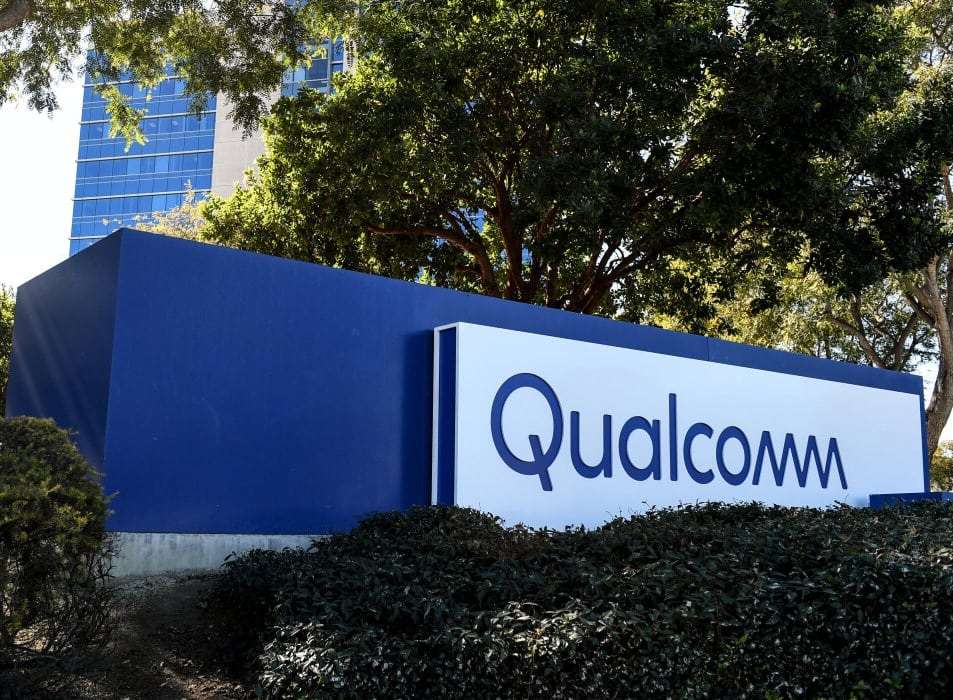A judge from the U.S. District Court in Delaware has granted Qualcomm a full victory in the litigation that Arm Ltd. filed regarding architecture license agreements (ALA) linked to Nuvia. The ruling dismisses the only remaining claim by Arm and upholds the unanimous verdict of the December 2024 jury, which had already determined that Qualcomm did not breach the Nuvia ALA and that the CPU cores developed by Qualcomm using technology acquired from Nuvia are properly licensed under Qualcomm’s own ALA.
The final judgment thus rules in favor of Qualcomm and Nuvia, rejects Arm’s attempts to nullify the verdict, and denies the motion for a new trial. For Ann Chaplin, General Counsel of Qualcomm, the ruling affirms the company’s “right to innovate” and should steer Arm toward “fair and competitive” practices within its ecosystem.
What the ruling means
- License validity: the court confirms that Qualcomm’s architecture license covers Nuvia’s developments integrated into Qualcomm’s CPU cores.
- Legal certainty for partners: the outcome strengthens the position of Arm’s ALA licensees who build their own microarchitectures by confirming they can capitalize on acquisitions and derived technology without automatically breaching.
- Continuity of roadmaps: Qualcomm remains free to bring to market products with Nuvia IP (e.g., PC/servers), without the burden of an adverse court order.
What remains at stake
Qualcomm maintains a separate lawsuit against ARM for breach of contract, interference with customer relationships, and alleged conduct aimed at favoring its own products over those of its partners. That case is scheduled for trial in March 2026.
Impact on the ARM ecosystem
The outcome reduces the risk that ARM could unilaterally reframe the scope of its ALAs following startup acquisitions, at least considering the factual record of this case. It also sends a message of stability to manufacturers competing with custom ARM cores (e.g., Cortex lines vs. custom cores) within the same ecosystem. While each ALA contract is specific, the judicial validation that an ALA can “absorb” acquired IP reduces investment uncertainty.
Upcoming milestones
- Publication of the judgment and possible post-trial motions (if any) from Arm.
- Evolution of the mirror case (Qualcomm vs. ARM) and, in parallel, signals of licensing from Arm to partners with custom cores.
- Business implications in PCs, data centers, and automotive, where Nuvia cores are key to Qualcomm’s high-performance roadmap.
Conclusion
With the judicial confirmation from Delaware, Qualcomm concludes this chapter with a total victory: there was no breach of Nuvia’s ALA, and the derived cores are protected under Qualcomm’s ALA. In the short term, the company eliminates a significant legal risk to its CPU lineup; in the medium term, the Arm sector gains a legal benchmark that limits Arm’s ability to challenge IP integrations following acquisitions. The dispute will continue in 2026 with the lawsuit Qualcomm maintains against Arm.
via: investor.qualcomm

